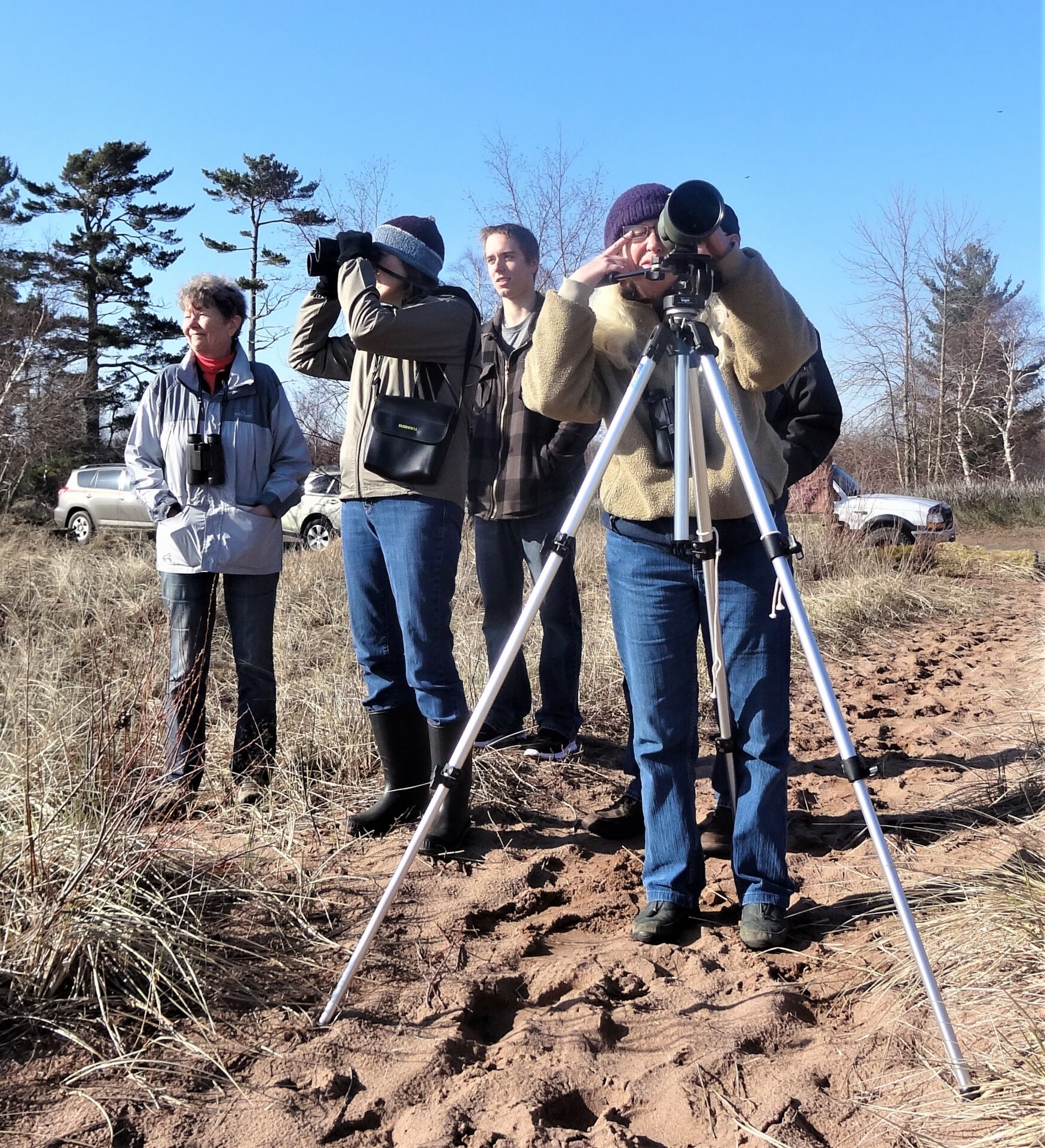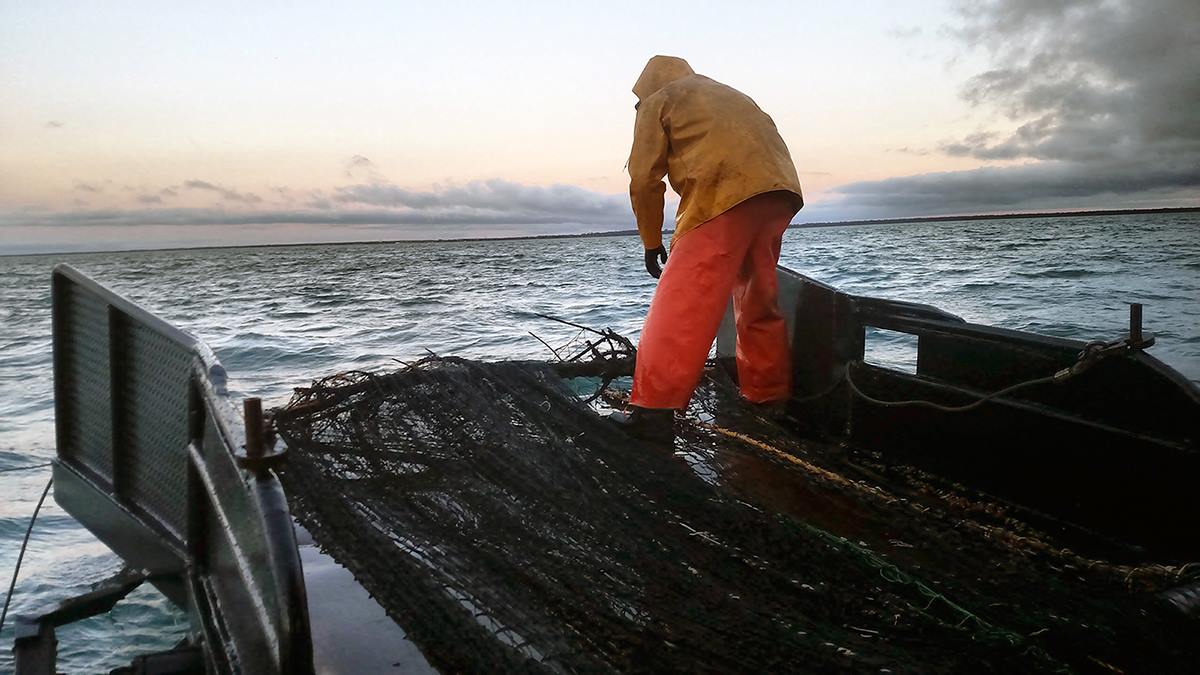The environmental impacts of cleaning up one of the 43 Great Lakes Areas of Concern (AOC) designated by the United States Environmental Protection Agency are typically easy to spot—cleaner, clearer water, improved vegetation and fish and wildlife populations.
The economic impacts? Well, those are a little trickier to quantify.
But that’s what Jane Harrison, social scientist for the University of Wisconsin Sea Grant Institute and Catherine Simons, a graduate student working on a Master of Science degree in water policy at UW-Milwaukee’s School of Freshwater Sciences, are seeking. Over the past few months, they surveyed 100 sports anglers fishing in the recently remediated Sheboygan River AOC about the effects, if any, the cleanup had on their fishing experience or decision to fish at the Sheboygan River in the future. They also estimated the economic impact of the average sport fisherman–$152 per day.
Since its original designation in 1987, more than $80 million has been spent to try to remediate the Sheboygan River AOC, including $5 million spent to dredge contaminated sediment from the river over the past year.
While there are several studies that have attempted to predict the economic benefit to an AOC, this study is the first of its kind to ask about the economic benefits after a clean-up has been completed. Because the cleanup is so recent, Harrison said this year’s survey is intended to create a baseline comparison to similar surveys planned for 2015 and 2017. That long-term picture will give a clearer sense of the cleanup’s true economic impact.
One thing’s certain—it’s not a simple relationship.
“Did the cleanup cause them to come fishing there?” asked Harrison. “No, they likely came for the salmon and trout runs. You can’t really do a straight-up cause-and-effect analysis with something like this.”
Simons made eight visits to the Sheboygan River in in September and October—the height of the annual trout and salmon runs that draw people to the area—– interviewing a wide range of anglers. Simons discovered that the average fisherman spent $152 per day to visit and fish in the Sheboygan River. That figure includes dollars spent on factors like supplies, transportation and lodging.
Simons also found that perspectives varied wildly depending on whether anglers were coming in from out of state or lived locally. Some of their responses also surprised her.
“The way the question was phrased led people to understand that cleanup had happened on the river,” said Simons. “In some cases this survey was the first they had heard of it. I got the sense that more work could be done to inform and involve people in the process in the future.”
Simons was also surprised to discover that while close to half of survey respondents felt that access to fishing spots and the deeper parts of the river had been improved by cleanup efforts, some of the anglers she surveyed expressed negative feelings about the cleanup, suggesting they felt that remediation efforts had damaged the quality of fishing in the river rather than improved it.
The next step for Harrison and Simons will be to survey waterfront business owners along the Sheboygan River to see if cleanup efforts have inspired them to make new investments in their businesses. Responses are expected to be collected by the end of December.
There are other directions in which future research might go.
“A future residential property values survey would be interesting,” noted Harrison. “We could find out whether values of homes near the river have gone up or down due to the cleanup.”
Wisconsin Sea Grant and Illinois-Indiana Sea Grant produced a video about the the benefits of cleaning up the Sheboygan River AOC, and others in the Great Lakes.





